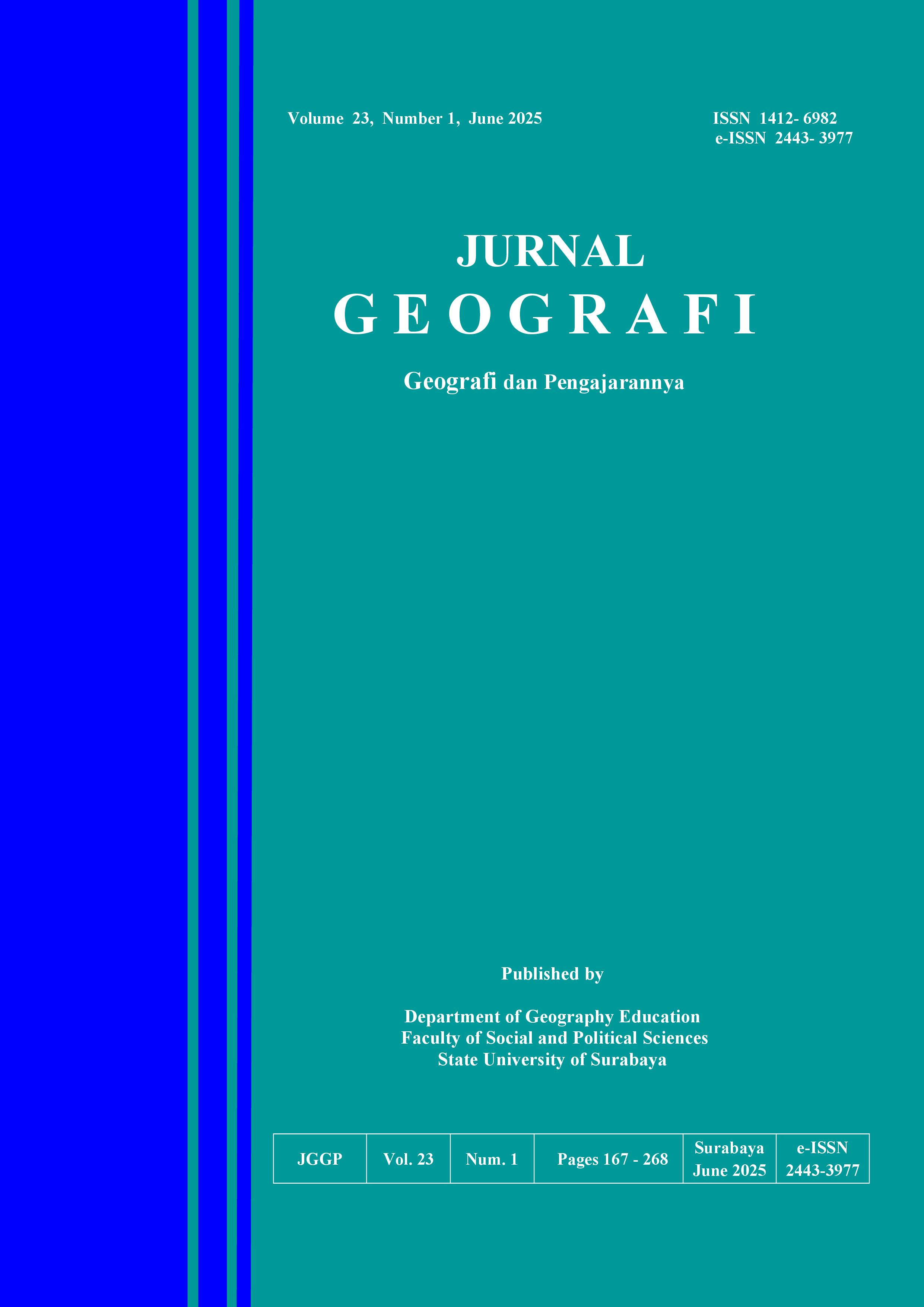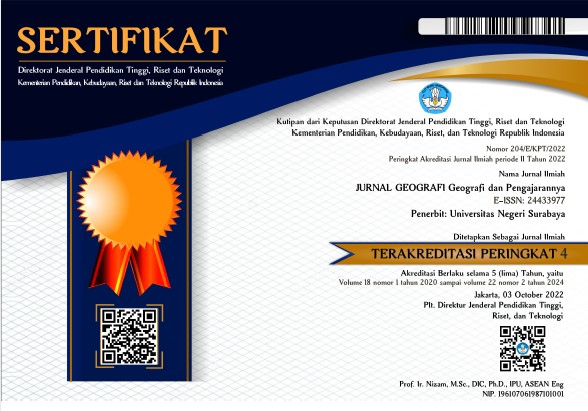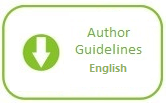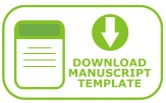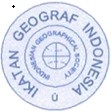A REMOTE SENSING-BASED ECOLOGICAL INDEX FOR WEST BANDUNG: INTEGRATING SURFACE INDICATORS AND TOPOGRAPHIC FACTORS USING A MODIFIED RSEIFE APPROACH
DOI:
https://doi.org/10.26740/jggp.v23n1.p259-268Abstract
This study assesses ecological conditions in West Bandung using the Remote Sensing Ecological Index Considering Full Elements (RSEIFE), which integrates NDVI, NDBSI, WET, and LST through entropy-based weighting. Landsat 9 imagery and elevation data were used to evaluate ecological quality across four elevation zones. Results show a strong positive correlation between NDVI and WET (r = 0.728) and a negative correlation between NDVI and LST (r = –0.628), indicating vegetation's role in cooling and moisture retention. The highest mean RSEIFE value (0.424) was found in areas above 1500 masl, while the lowest minimum value (0.0677) occurred below 1000 masl. Spatial analysis reveals that highland districts (e.g., Gunung Halu, Rongga) maintain better ecological integrity, while lowland urban zones (e.g., Padalarang, Batujajar) face ecological stress. These findings highlight how topographic variation influences ecological conditions, emphasizing its importance in guiding sustainable land-use planning.
Keywords: Ecological Index, Environment, Urbanisation
Downloads
Downloads
Published
How to Cite
Issue
Section
License
Copyright (c) 2025 Maya Indah Sari, Fajrun Wahidil Muharram, Putu Wirabumi

This work is licensed under a Creative Commons Attribution-NonCommercial-ShareAlike 4.0 International License.
 Abstract views: 285
,
Abstract views: 285
, PDF Downloads: 218
PDF Downloads: 218

